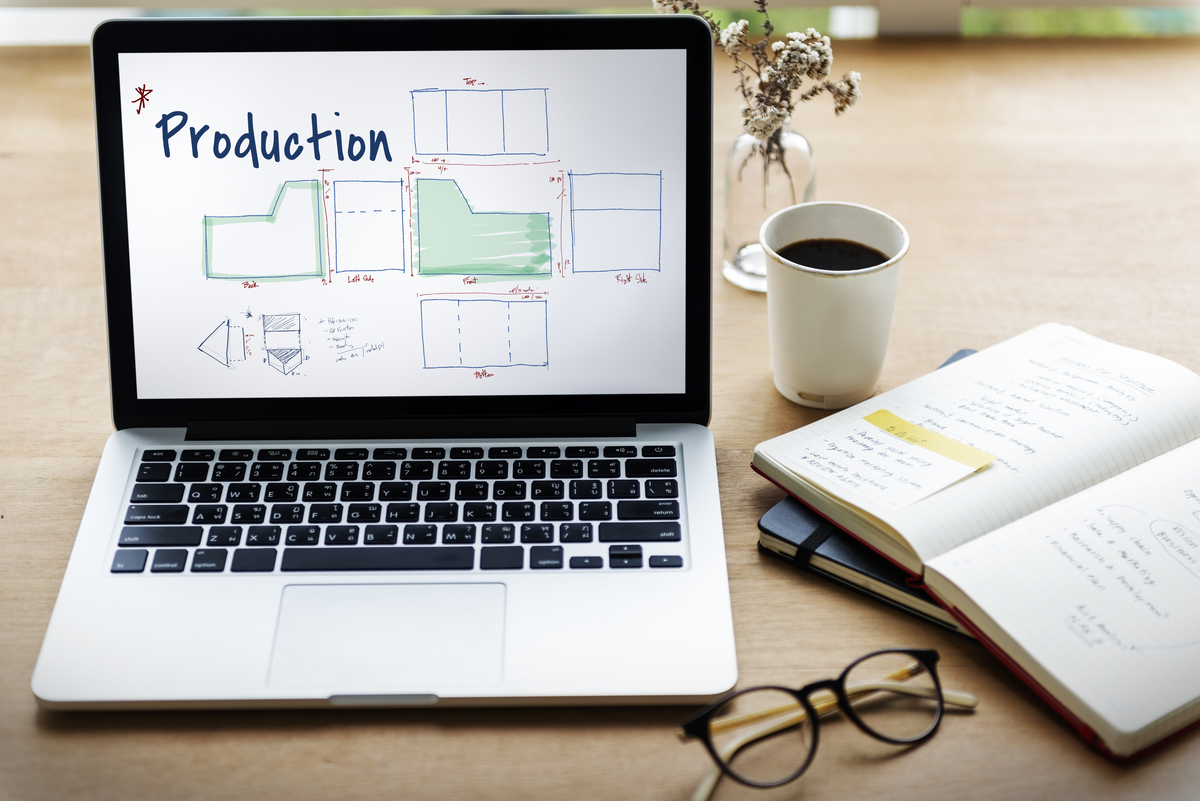The construction sector is experiencing a digital revolution, and using Project Information Modeling tools has become essential for simplifying intricate projects. With the growing complexity of construction projects, these tools aid architects, engineers, and construction project managers in streamlining processes, improving precision, and strengthening teamwork. Project results are enhanced through the effective administration of project data, which is made possible by PIM technologies. This includes scheduling, cost estimation, and resource allocation. These solutions, which range from real-time updates to 3D modeling, offer insightful information that can lower expenses and minimize hazards.
The Top 5 Project Information Modeling tools that are currently changing construction processes are examined in this article. We will also go over important aspects to take into account when selecting a tool, assess the advantages and difficulties, and describe how PIM tools are advancing innovation in the building industry. Construction industry experts can improve efficiency and yield better results by utilizing these tools.
Table of Contents
Project Information Modeling Tools: What are They?
Advanced digital platforms called Project Information Modeling tools help manage different parts of a building project from start to finish. These solutions make it easier for teams to collaborate by combining project management, engineering, and design data into a single, coherent system. PIM solutions facilitate improved decision-making and coordination among project stakeholders by providing real-time updates, precise 3D models, and predictive analytics services.
In this sense, “Modeling” refers to more than just making 3D models of structures; it also includes making sure that data is organized and available at all project stages. This makes it possible to manage projects more thoroughly, which lowers inefficiencies, minimizes mistakes, and enhances project performance all around.
Benefits of Using Project Information Modeling Tools
- Enhanced Cooperation: Contractors, engineers, and architects work together more effectively when there are common data models and real-time updates.
- Cost Efficiency: PIM tools assist in lowering the expense of rework by detecting any problems early on through collision detection and modeling.
- Enhanced Accuracy: High-detail 3D models are provided by programs like Revit and Navisworks, which guarantee that designs are carried out precisely as intended.

Challenges of Putting PIM Tools to Use
- Adoption & Training: The need for specialist training for many Project Information Modeling tools can impede adoption and raise upfront costs.
- High Initial Investment: For smaller businesses, the price of licenses, high-performance technology, and specialist training may be unaffordable.
- Data Management: Updating and managing huge datasets can be difficult, particularly when using cloud-based solutions like Trimble Connect.
Top 5 Project Information Modeling Tools Transforming the Industry
Top 5 must-know project information modeling tools transforming the industry:
1. Archicad
Architects like Archicad because of its user-friendly design tools and capacity to handle intricate architectural designs. It provides seamless cooperation between architects and engineers and interacts nicely with BIM workflows.
Key Features
- Design Flexibility: preserves structural integrity while granting creative freedom.
- Building Information Modeling (BIM) Integration: Enhances teamwork by integrating seamlessly with BIM systems.
- Parametric Design: Complex architectural designs are made easier with parametric modeling elements in parametric design.
Challenges: Not as many features as Bentley Systems for large-scale infrastructure projects.
2. Bentley Systems (OpenBuildings)
For infrastructure projects, Bentley Systems’ OpenBuildings Designer offers a full suite of design and analysis capabilities. Large-scale constructions like industrial facilities, bridges, and highways can benefit greatly from its strength.
Key Features
- Interoperability: It is perfect for system integration because it supports a wide range of file types.
- Energy Analysis: Offers sustainable construction technology that make it possible to forecast energy usage.
Challenges: May demand a lot of resources; for best results, high-end computer gear is needed.
3. Navisworks
One of the Project Information Modeling tools for project review and collaboration, Navisworks is especially helpful in locating and resolving design conflicts in projects. Through file format integration, teams can merge models from multiple sources for cohesive project analysis.
Key Features
- Clash Detection: Spots possible problems with the design before building starts.
- 4D Simulation: By including time and schedule data into 3D models, 4D simulation produces a more thorough project view.
- Model Aggregation: Consolidates various models into a single, coherent perspective.
Challenges: Although strong in conflict detection, it lacks the more in-depth design features of other applications, such as Revit.

4. Autodesk Revit
One of the Project Information Modeling tools that is most frequently used in the building sector is Autodesk Revit. Revit, which is well-known for its potent 3D modeling features, enables users to trace each step of the project lifecycle and produce intricate architectural designs. It unifies structural engineering, architectural design, and MEP (mechanical, electrical, and plumbing) systems onto a single platform.
Key Features
- Collaboration: Enables teams from different disciplines to work on the same model at the same time.
- Visualization: Produces highly detailed, precise 3D models.
- Scheduling: Timelines and resources are tracked in real time during scheduling.
Challenges: Users who are not familiar with its many aspects must undergo rigorous training.
Suggested article to read: Top 5 Workflow Automation Tools for 2024
5. Trimble Connect
Trimble Connect is an intuitive cloud-based PIM solution that prioritizes data management and teamwork. For teams working on-site, its mobile compatibility makes it possible for users to access project data from any location.
Key Features
- Cloud Collaboration: Makes it possible for groups to exchange project files and real-time updates.
- Mobile Access: Provides a user-friendly mobile interface for use in the field.
- Model Viewing: Enables interactive, cross-platform 3D models.
Challenges: Some sophisticated features could need third-party plugins, which would raise the price.
How to Select the PIM Tool That’s Right for Your Project
There are various aspects to consider while choosing the best Project Information Modeling tools for your building project.
- Project Complexity and Size: More complex projects might call for larger-scale infrastructure-supporting tools, such as Bentley Systems.
- Interoperability: Take into account if the tool works with the other programs already in use in your workflow (such as AutoCAD and BIM systems).
- User Experience: To guarantee that teams can quickly embrace the technology, ease of use is crucial. Although tools such as Archicad have an intuitive interface, more sophisticated jobs may require a more feature-rich set of functions.
- Cost: Some products need you to spend extra money on premium hardware or third-party plugins.

Conclusion
The construction sector has seen a change because to Project Information Modeling tools, which provide all-inclusive solutions for managing intricate projects. These solutions facilitate workflows and enhance project outcomes, ranging from 3D modeling and collision detection to real-time collaboration and cost estimation. Leaders in the industry, tools such as Autodesk Revit, Bentley Systems, and Trimble Connect stand out for offering a variety of capabilities tailored to various project requirements.
But choosing the best PIM solution requires giving considerable thought to the complexity of the project, the requirements for teamwork, and the available funds. Notwithstanding certain obstacles, like the high adoption costs and the challenging learning curve, the advantages greatly exceed the disadvantages. Project Information Modeling tools will only become more essential to the future of construction as technology develops further, fostering innovation, sustainability, and efficiency.
FAQs
What are Project Information Modeling Tools?
- Answer: Digital platforms called PIM tools are used in the construction industry to handle project data, including scheduling, design, and resource allocation.
How do PIM Tools Benefit Construction Projects?
- Answer: By optimizing procedures and supplying real-time data, they improve accuracy, foster collaboration, and cut expenses.
What is the Best PIM Tool for Large-scale Infrastructure Projects?
- Answer: Large-scale infrastructure is a good fit for Bentley Systems’ OpenBuildings because of its strong design and analysis features.
Can Small Firms Afford Project Information Modeling Tools?
- Answer: While certain technologies, like Revit, demand a large initial investment, other solutions, such cloud-based Trimble Connect, are more reasonably priced.
How do PIM Tools Help with Project Collaboration?
- Answer: They enhance coordination and communication by enabling real-time access, updating, and collaboration amongst various stakeholders on the same project model.
Suggested article for reading:
PIM vs. BIM: Key Differences and Benefits for Modern Construction in 2024
IIoT Technology: Top 7 Sustainable Practices It Enables
Top 23 Famous Women Architects in World; 2024 Review
Case Study: Top 4 Eco-Friendly Smart Building Construction Projects
Top 5 Construction Waste Management Software Solutions for 2024
Top 7 Reusable Materials in Construction; 2024 Review
Resilient Construction; 2024 Guide
Resources:
AutoDesk | Bentley Systems | Trimble | BuildingSMART
Books and Articles:
“Building Information Modeling (BIM): Trends, Benefits, Risks, and Challenges for the AEC Industry” by Azhar.
“The project benefits of Building Information Modeling (BIM)” by Bryde, Broquetas, and Volm.
BIM Handbook: A Guide to Building Information Modeling for Owners, Managers, Designers, Engineers, and Contractors by Eastman et al.
Construction Digitalisation: Systems, Implementation, and Innovation by Linderoth.
For all the pictures: Freepik




